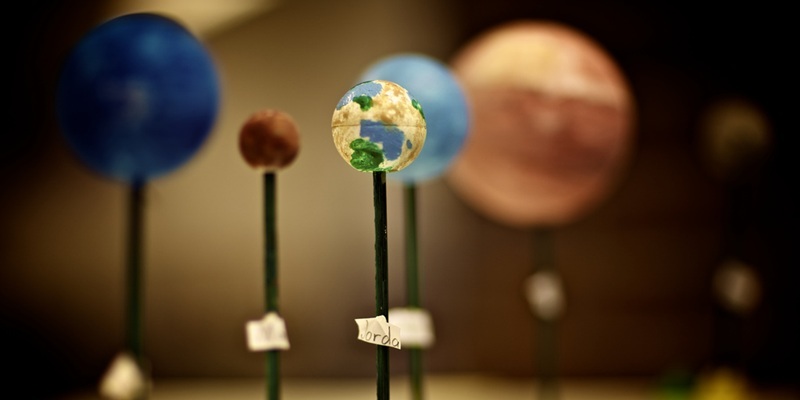Astronomers from St Andrews University are leading the search for new “Earth-like” planets that could sustain alien life-forms.
Experts have joined forces with teams across the globe to construct a new state-of-the-art gadget that will further examine planets where the conditions for life could exist.
The international collaboration will involve comprehensive investigation of planets identified by NASA’s Kepler space probe.
Astronomers from St Andrews have liaised with counterparts in Edinburgh, Belfast, Geneva and Harvard to build the “HARPS-N” instrument, which will be based in the Canary Islands.
Since its launch in March 2009 Kepler has been continually taking images of a single area of sky in the constellation of Cygnus. Of the hundreds of thousands of stars visible in these images, around 1200 show indications of having planetary systems.
HARPS-N will not directly “see” planets as they are far too faint to be viewed with any telescope. Instead the instrument looks at their stars and measures the tiny effect the accompanying planets have on their motion.
The less massive the planet, the tinier the effect it produces on the star and the more precise the instrument needed to detect it is.
Professor Andrew Cameron of St Andrews University is leading the UK contribution to the ground-breaking project.
“HARPS is able to detect movements at velocities of just a metre per second, the speed of a person walking, in a star hundreds of light years away,” he said. “This has allowed planets only a few times more massive than the Earth to be discovered.”
It is envisaged the HARPS-N instrument, in combination with an analysis of the Kepler data, will allow the nature of many of the planets to be understood.
Theorists predict that a broad spectrum of different kinds of planet is possible, ranging from solid iron planets through to “solid” water planets. An Earth-like planet would be somewhere in between.
Dr Ken Rice of Edinburgh University insists the results could be mind-blowing.
“Kepler and HARPS-N offer the first hope to find planets like the Earth that are at distances from their sun that would allow water to exist as a liquid and, potentially, life as we know it to evolve,” he said.
Photo used under a Creative Commons licence courtesy of Flickr user Ernst Vikne.
